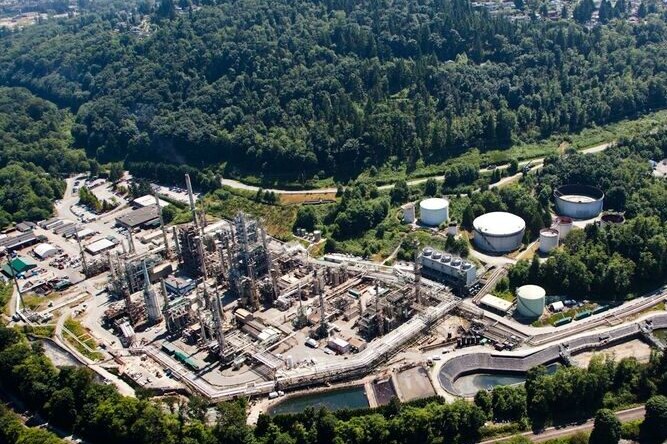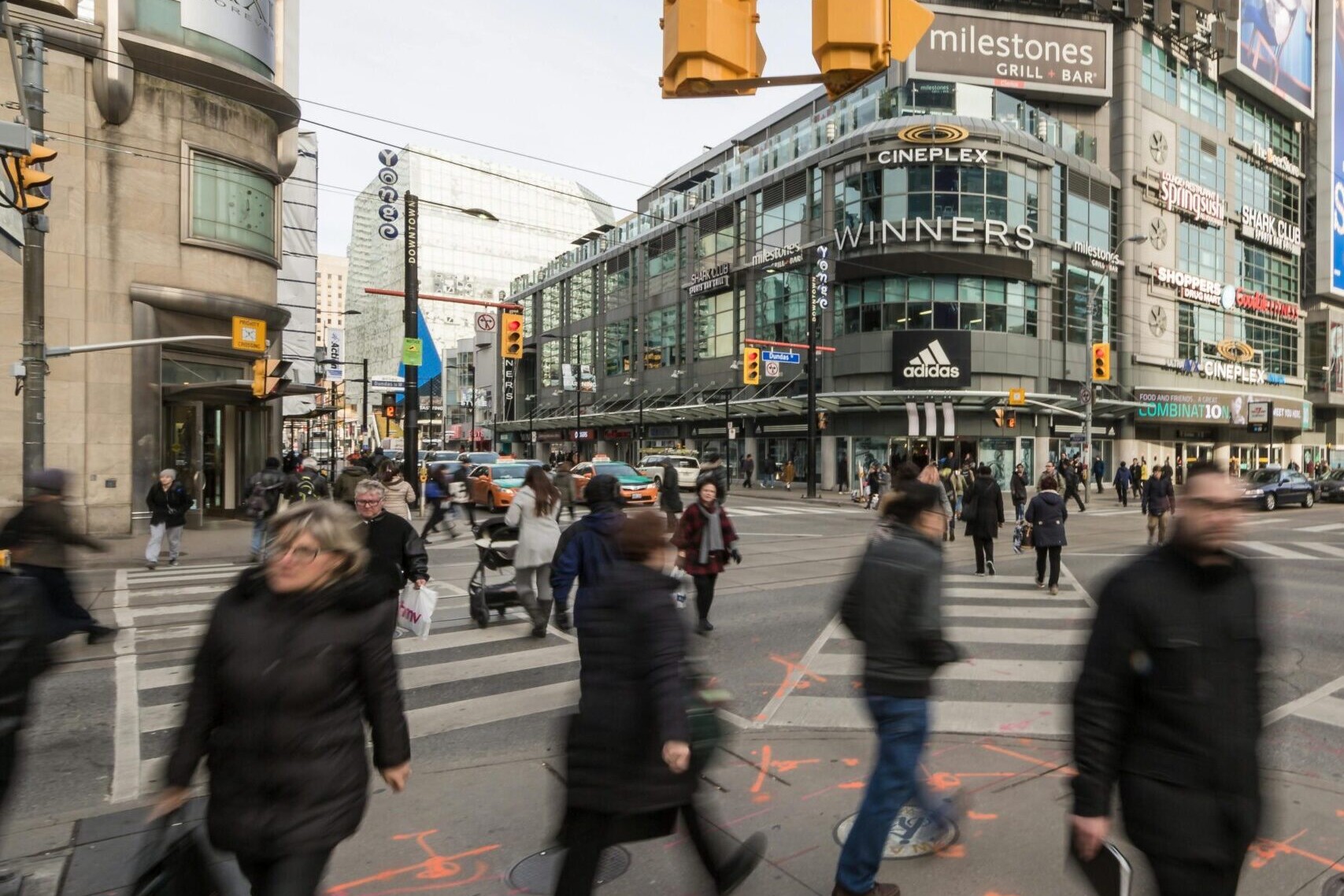By Dan Skilleter | Part of our Special Series: Always Canada. Never 51
The nation’s fiscal fact-checker, the Parliamentary Budget Officer (PBO), takes aim at the severity of wealth inequality in Canada in a new report. This is the third time the PBO has run the numbers since 2020 and the report shows just how much of Canada’s wealth is concentrated in a tiny circle of families.

The fresh analysis, using updated survey data from Statistics Canada, reaffirmed the dramatic lopsided shape of our economy—one where the top one per cent of families own nearly one quarter of all the wealth in the country, and where the top five per cent own over 40 per cent.
It’s unusual for an independent office like the PBO to take the time to repeatedly publish updates of a study like this. So why do it, then? It’s because StatsCan’s “official” data on the state of inequality in the country are flawed and misleading—but the government keeps publishing those numbers anyway.
We know why the government’s official numbers are so misleading. When Statistics Canada interviews a sample of Canadian families every few years to get a picture of what they own, the list of families contains a curious omission. They don’t talk to any of the richest families.
No effort is made to ensure that the richest families even get a request to participate—before even factoring in that participation is purely voluntary and these families are the most likely to decline such an interview. Statistics Canada does not correct or adjust for this.
So, the government’s best available data on Canada’s wealth gap excludes, by design, the wealthiest families in the country. If we didn’t have the PBO fact-checking Statistics Canada’s work, the numbers would tell us the top one per cent own only 2.5 per cent of all wealth – not nearly 25 per cent of all wealth in Canada, as the PBO reports.
And without the resources and authority to conduct surveys, the PBO’s only means to get at the real wealth of those richest families is to incorporate data from the “rich lists” compiled by media outlets like Maclean’s or Forbes – reporting that undoubtedly understates the true wealth of these families, due to how much of their personal financial information remains out of public view.
While not a perfect measure, the PBO’s numbers are closer to the truth, and their fact-finding persistence will continue to be necessary until our government gets its act together.
As I argued in a 2024 report called Billionaire Blindspot, Canadians live with a false sense of comfort—or even smugness—about how equal we are. While we have our inequalities issues, we think of ourselves as a beacon of egalitarianism compared to our neighbours to the south.
We tell ourselves “At least we’re nothing like them,” and we have official government statistics to back us up. But as I showed in my report, when you add in what we publicly know about Canada’s richest families, as the PBO took it upon itself to do, the concentration of wealth here looks quite similar to the U.S.
It’s insulting that Canadians are forced to rely on the PBO’s continued interest in wealth disparities across our population for the public to get sporadic glimpses of reality. And it’s deeply problematic that our official statistical agency is perfectly fine with misleading Canadians.
It’s time for our government to get serious and take on this vital monitoring work itself. Wealth distribution is a core measure of our country’s health, given that pronounced economic inequality is linked to lower long-term GDP growth rates, higher crime rates, poorer public health, increased political polarization and likelihood of financial crisis.
Other countries, like the U.S., make sure their measures include interviews with the wealthiest families, making their data much more reliable than ours. Failing that, Statistics Canada should find credible external sources to undertake the modelling work rather than requiring the PBO to step in to provide more accurate and useful measures of wealth inequality in Canada.
Share with a friend
Related reading
Elbows up: Keeping Canadian companies in Canadian hands | Policy Options
Blue Jays pride notwithstanding, many of Canada's most iconic companies and brands have been quietly but steadily purchased by foreign entities in recent years. As Danny Parys writes in Policy Options, policymakers should do more to keep Canadian companies in Canadian hands by providing more support to expand financing opportunities, expanding awareness of untraditional ownership models and beefing up Canada’s net-benefit review requirements. These quiet foreign sales not only lead to major frustrations for consumers, but workers also feel the impacts because, as corporate leadership moves further away from the community, so do quality and accountability.
You can’t be sovereign if you don’t own anything
Gas station giant Parkland is already shedding Canadian employees in the wake of TX-based Sunoco’s recent takeover of the Canadian fuel chain, which owns 15% of our gas stations and a key refinery in Burnaby, B.C. These layoffs were a predictable outcome of Ottawa's decision not to flex its new regulatory muscle through the Canada Investment Act to quash foreign investment deals that pose an economic security threat. As SCP chair Jon Shell writes, there’s a real danger that the government will continue this sell-off of Canadian companies to foreign investors—and that this sell-off will be considered a “win” for the government’s economic growth strategy. This would be a mistake.
Reflections on Budget 2025: Economic growth alone won’t save us
Budget 2025 includes hopeful initiatives that will deliver real benefits to working Canadians at this time. In this reflection, SCP CEO Matthew Mendelsohn explains that, strategically, we really like the Budget’s focus on industrial strategy, some tentative steps on making more capital available to a wider diversity of Canadians and commitments to loosen the grip that our oligopolistic sectors have over our economy. However, we are concerned by the lack of a strategic approach to providing more working people and young people a path to wealth, ownership and economic security. While the Budget responds to the wish list that corporate Canada has articulated for several years, there are no guarantees that they will indeed step up to invest—or that those investments will produce growth that benefits working people and communities.


